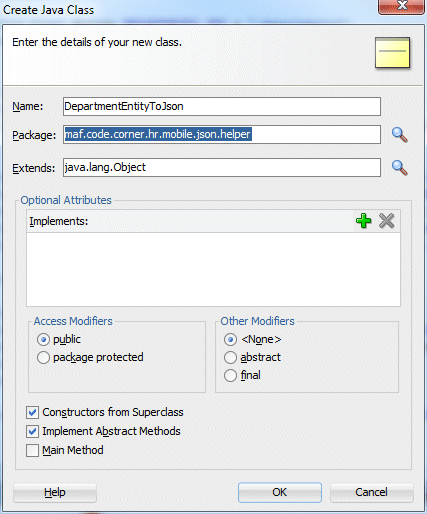
JS vs jQuery jQuery Selectors jQuery HTML jQuery CSS jQuery DOM

JS JSON JSON Intro JSON Syntax JSON vs XML JSON Data Types JSON Parse JSON Stringify JSON Objects JSON Arrays JSON Server JSON PHP JSON HTML JSON JSONP JS AJAX AJAX Intro AJAX XMLHttp AJAX Request AJAX Response AJAX XML File AJAX PHP AJAX ASP AJAX Database AJAX Applications AJAX Examples JS Web APIs Web API Intro Web Forms API Web History API Web Storage API Web Worker API Web Fetch API Web Geolocation API JS Browser BOM JS Window JS Screen JS Location JS History JS Navigator JS Popup Alert JS Timing JS Cookies JS HTML DOM DOM Intro DOM Methods DOM Document DOM Elements DOM HTML DOM Forms DOM CSS DOM Animations DOM Events DOM Event Listener DOM Navigation DOM Nodes DOM Collections DOM Node Lists JS Async JS Callbacks JS Asynchronous JS Promises JS Async/Await JS Classes Class Intro Class Inheritance Class Static JS Functions Function Definitions Function Parameters Function Invocation Function Call Function Apply Function Bind Function Closures JS Objects Object Definitions Object Properties Object Methods Object Display Object Accessors Object Constructors Object Prototypes Object Iterables Object Sets Object Maps Object Reference Plop.JS Tutorial JS HOME JS Introduction JS Where To JS Output JS Statements JS Syntax JS Comments JS Variables JS Let JS Const JS Operators JS Arithmetic JS Assignment JS Data Types JS Functions JS Objects JS Events JS Strings JS String Methods JS String Search JS String Templates JS Numbers JS BigInt JS Number Methods JS Number Properties JS Arrays JS Array Methods JS Array Sort JS Array Iteration JS Array Const JS Dates JS Date Formats JS Date Get Methods JS Date Set Methods JS Math JS Random JS Booleans JS Comparisons JS If Else JS Switch JS Loop For JS Loop For In JS Loop For Of JS Loop While JS Break JS Iterables JS Sets JS Maps JS Typeof JS Type Conversion JS Bitwise JS RegExp JS Precedence JS Errors JS Scope JS Hoisting JS Strict Mode JS this Keyword JS Arrow Function JS Classes JS Modules JS JSON JS Debugging JS Style Guide JS Best Practices JS Mistakes JS Performance JS Reserved Words The plop api for the plopfile where this action is being run
Json helper js generator#
The object in the "actions" array for the generator FunctionSignature Custom Action Parameters These are basically highly reusable custom action functions. SetActionType allows you to create your own actions (similar to add or modify) that can be used in your plopfiles. Create a plopfile.js at the root of your project export default function (plop)
Json helper js install#
Install plop globally (optional, but recommended for easy access) $ npm install -g plopģ. Add plop to your project $ npm install -save-dev plopĢ. If you have great ideas, I'd love to hear them. This documentation is a work in progress.
Json helper js code#
If you boil plop down to its core, it is basically glue code between inquirer prompts and handlebar templates. Not only does this save you from hunting around in your codebase for the right files to copy, but it also turns "the right way" into "the easiest way" to make new files. Code that can easily be run from the terminal by typing plop. With plop, you have your "best practice" method of creating any given pattern in CODE. These patterns change and improve over time so when you need to create a NEW insert-name-of-pattern-here, it's not always easy to locate the files in your codebase that represent the current "best practice." That's where plop saves you. You see, we all create structures and patterns in our code (routes, controllers, components, helpers, etc).

Plop is what I like to call a "micro-generator framework." Now, I call it that because it is a small tool that gives you a simple way to generate code or any other type of flat text files in a consistent way.


 0 kommentar(er)
0 kommentar(er)
